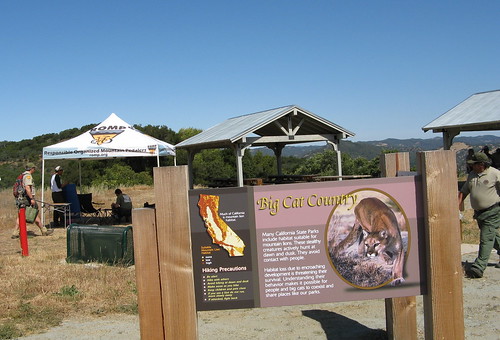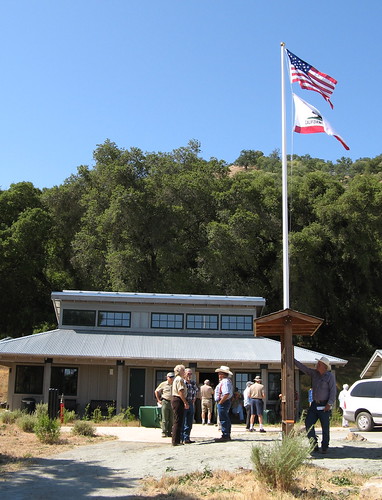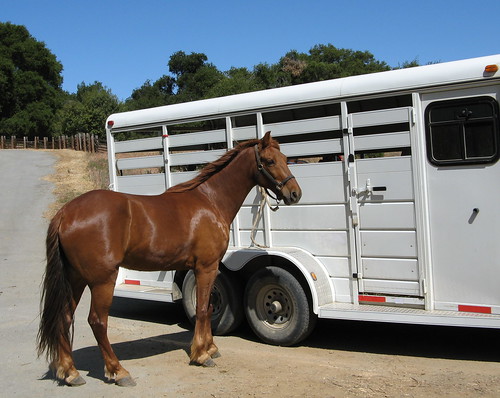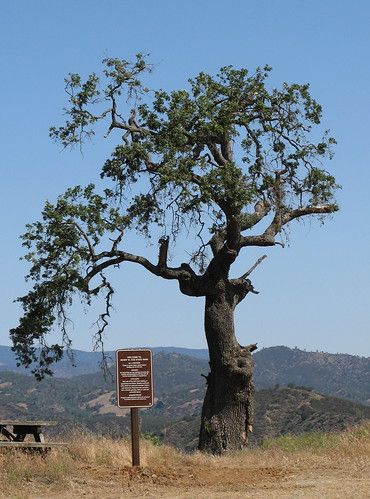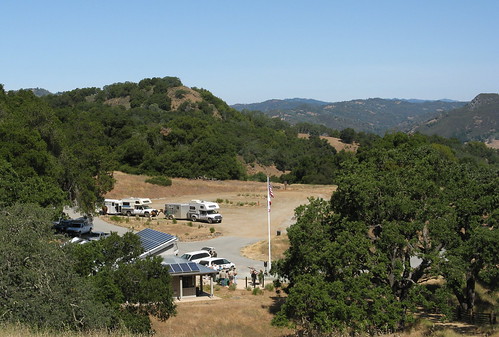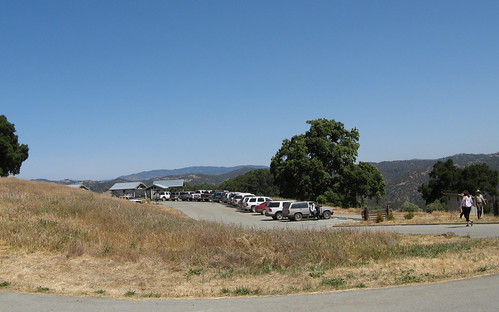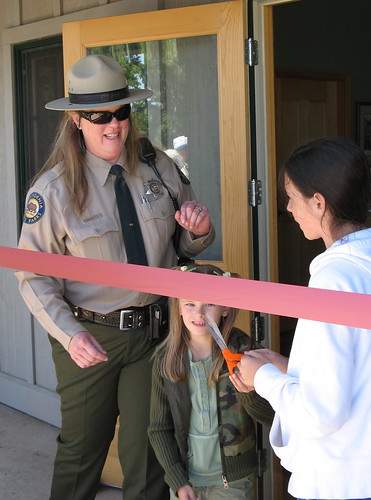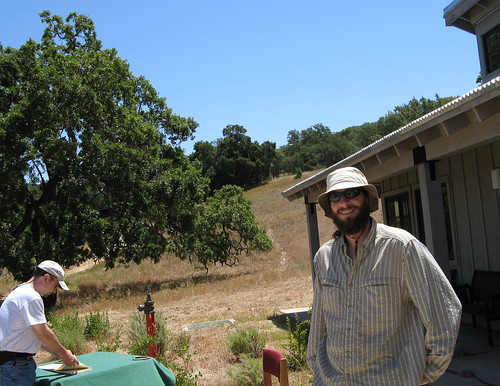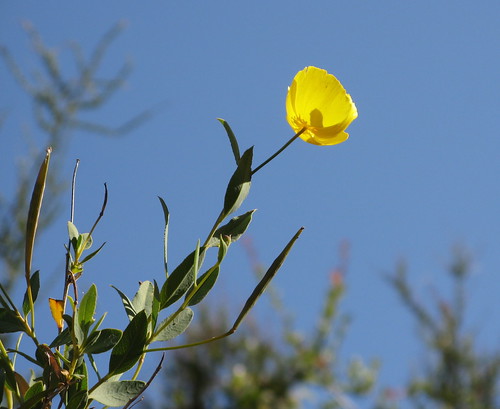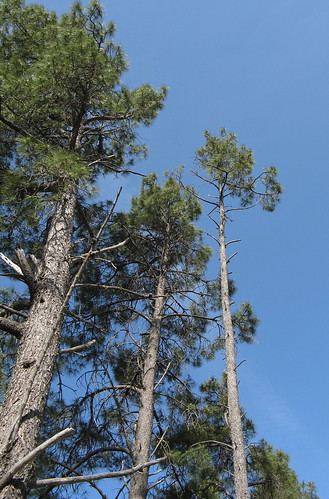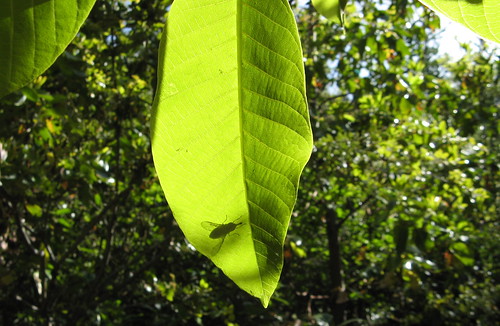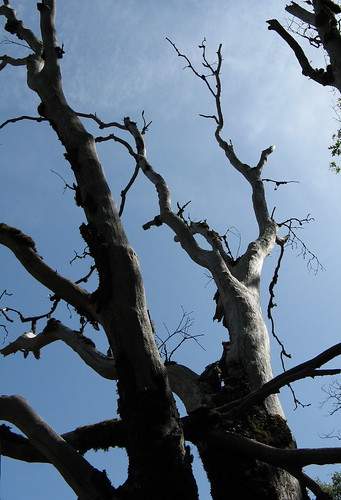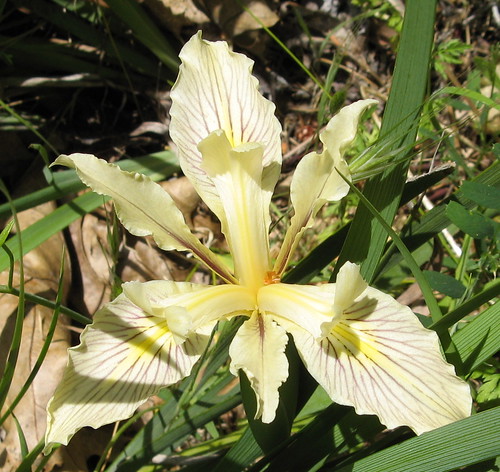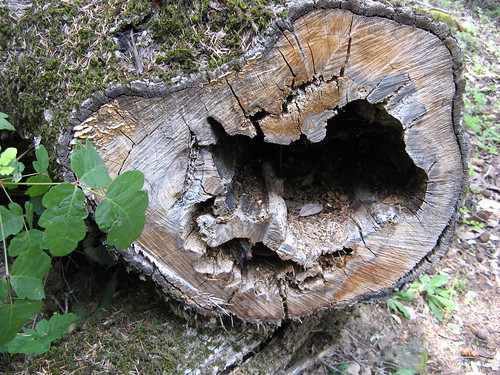The scene is a crowded meeting room full of nervous newsies. I cheer myself by noting our staff still outnumbers the available seating. Having to stand means there’s still flesh on the bones of this beast of a daily paper we put out.
Carole Leigh Hutton, our brand new executive editor, is having her first news conference with the staff, and she’s getting grilled like Tony Snow might if he’d just announced President Bush is bringing back the draft and college deferments will not be granted to the sons and daughters of the working press.
Hutton says layoffs are a certainty, but can’t say how many, or precisely when we’ll know who gets the ax. She does know that the annual budget she and her colleagues in the adminisphere are putting together will require cost cuts, and the numbers have to be assembled by the end of this month. Then, to their minds, the sooner they cut costs (meaning, us), the better chance they’ll have to make their budget numbers.
A newsroom full of reporters is bound to have questions, none of them polite. Just down from me, standing against the back wall, a young business reporter asks Hutton the least polite question of the day.
“Suppose I’m not laid off and get to keep my job,” she says. “Why would I want to stay?”
Nervous laughter across the room.
Finally, Hutton has a chance to say something that won’t add more goodies to our shopping bag of dread. And, finally, a newspaper executive says publicly what I’ve been thinking for the past couple years: the newspaper biz is broken, badly, and has to be transformed into something else — something, you know, large numbers of people want to read every day and advertisers will want to advertise in — and the transformation has to come soon.
So, those of us who get to keep our jobs get to be the transformers.
This could be a great thing. It reminds me of when Caterpillar Inc., which pretty much owns my hometown, was in dire straits in the early 1980s. Cat lost billions while laying off tens of thousands of my neighbors back in Peoria, but it did do something right: it retooled its outdated machinery and turned itself into one of the most efficient manufacturers on the planet. Today Cat’s still the earth’s biggest, baddest purveyor of fine heavy earthmoving machinery.
Technology and brain power saved Cat: They just went out and bought a bunch of robots to do jobs previously performed by people. Our problem is there are no robot manufacturers, to date, capable of automating what we do. And even if there were, our industry would not buy their products. Technology is not our thing. Our editing system is 20 years old. Our page-production system is 10 years old. Newspapers sat on their hands while Yahoo, Ebay and Google invented Internet commerce, and now it all belongs to them.
I used to think I’d always have a career as long as local businesses needed to advertise in their local rag. Frankly, I’m not sure they need to anymore. They can just flog their wares on Ebay for next to nothing and anybody with a computer can track ’em down in seconds. All across the newspaper biz, papers are seeing, for the first time, declining revenues. Used to be they could charge higher prices for ads and subscriptions because people had no choice but to pay. Now they have a choice, and that choice is biting our business in the butt cheeks.
In the old days, newspapers made so much money that they could print pretty much anything they wanted in their news columns. It got Nixon tossed out of office but it also created an environment where people got out of the habit of fighting and scratching to hold an audience. We’ve all got flabby beer guts where our save-the-industry washboard abs need to be.
Our new executive editor told us we have to stop doing things the old way and start building a product the market wants. I’d like a chance to take a crack at it. Heck, if the folks back in P-town could rescue a Dow 30 company from certain doom, maybe folks like us have a chance at turning our biz around.
Yeah, things look bleak today. And they’ll get worse in a couple weeks when more of us get our walking papers. And it won’t be easy trying to save a business with the people who got us in this fix to begin with. Newspapers used to be like the communist bloc before the Berlin Wall fell: they had a monopoly that gave them short-term power, but the corruption of power was eating away at their prospects for long-term survivability.
Well, the Wall has fallen.
Trying to build something from the rubble will be some fun, I expect. Am I worried about getting the ax? Not really. There are other ways of making a living. If I am shown the door, well, all I can say is, good luck rescuing the patient without people who believe the patient’s life is worth saving.
I’m not giving up on newspapers till they give up on me.

